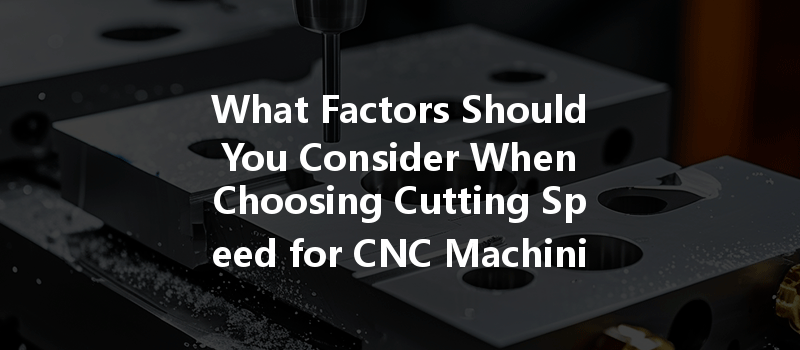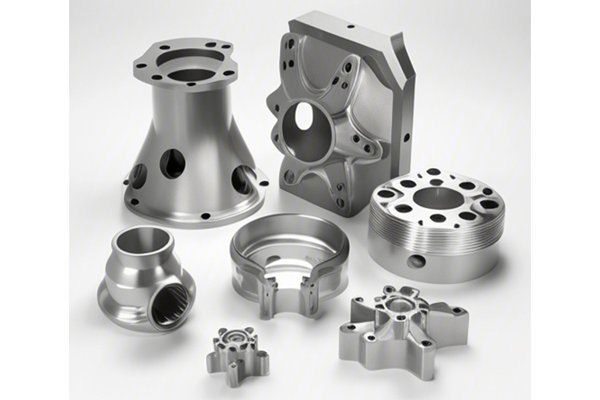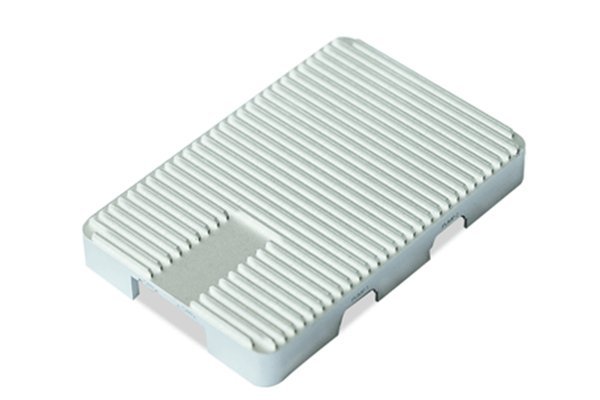Opening
Did you know that the global CNC machining market is projected to reach $100 billion by 2025? As the demand for precision manufacturing escalates across numerous industries, understanding how to effectively machine advanced materials like polypropylene (PP) and polyether ether ketone (PEEK) has never been more critical. In particular, choosing the right cutting speed for CNC machining can significantly impact the quality and efficiency of the production process. So, what are the key factors you should consider when determining the optimal cutting speed for these two unique plastics?
Understanding the Basics of CNC Machining and Cutting Speed
CNC (Computer Numerical Control) machining is an advanced manufacturing process that utilizes computerized controls to operate machinery like lathes, mills, and routers. In this process, the cutting speed refers to the rate at which the cutting tool engages with the material, often measured in surface feet per minute (SFM). A well-calibrated cutting speed is crucial, as it influences material removal rates, surface finish, tool life, and ultimately, production efficiency.
The Unique Properties of Polypropylene (PP) and PEEK
Before delving into optimal cutting speeds, it’s essential to understand the properties of the materials involved, as their intrinsic qualities significantly affect machining practices.
Polypropylene (PP)
Polypropylene is a thermoplastic polymer known for its versatility, lightweight nature, and excellent resistance to chemicals and fatigue. Its melting temperature ranges between 160 and 170 degrees Celsius (320 to 338 degrees Fahrenheit). Due to these attributes, PP is frequently used in industries like automotive, packaging, and textiles.
Polyether Ether Ketone (PEEK)
In contrast, PEEK is a high-performance thermoplastic that can withstand extreme temperatures and harsh environments. With a high melting point of around 343 degrees Celsius (650 degrees Fahrenheit) and outstanding chemical resistance, PEEK is used in aerospace, medical, and automotive applications, where demanding conditions are common.
Key Factors Influencing Cutting Speed for PP and PEEK
When determining the optimal cutting speeds for CNC machining of polypropylene and PEEK, several factors come into play. Here, we will explore these factors and offer best practices for each material.
The thermal and mechanical properties of the material impact cutting speed significantly. Here’s how:
The choice of cutting tool material significantly influences the effective cutting speed. Tool materials like high-speed steel (HSS), carbide, and ceramic have different properties affecting wear resistance and longevity.

The design of the cutting tool, including its geometry, rake angle, and clearance angle, all play crucial roles in determining the optimal cutting speed. For example:
Chip load refers to the thickness of the material removed by each cutting edge of the tool per revolution. A proper balance must be maintained, as too low or too high chip loads can adversely affect machining quality. A good chip load for PP is generally smaller due to its softness, while PEEK may need a slightly larger load to maintain effective cutting action.
When machining high-performance plastics like PEEK, effective cooling and lubrication become even more critical due to the heat generated.
The feed rate is another essential aspect of machining that works hand-in-hand with cutting speed. For both PP and PEEK, it is crucial to balance feed rate with cutting speed to avoid excessive tool wear and ensure a high-quality finish.
Recommended Cutting Speeds for CNC Machining
With these factors in mind, here are some general recommendations for cutting speeds for both PP and PEEK:
Choosing the optimal cutting speed for CNC machining of polypropylene (PP) and PEEK plastics involves a careful analysis of numerous factors, including material properties, tool material, geometry, chip load, cooling methods, and feed rates. By taking these elements into account, manufacturers can enhance machining performance, reduce costs, and achieve high-quality results.
As you embark on your CNC machining journey, remember that making informed decisions can drive your success in a competitive landscape. Understanding the nuances of cutting speed not only improves your machining efficiency but also enhances the longevity and quality of your finished products. The importance of this knowledge in today’s manufacturing world cannot be overstated, making it a subject worth exploring in depth.
Ultimately, the choice of cutting speed could be the difference between good quality and exceptional results, reducing waste and significantly improving operational efficiencies as you navigate the machining landscape.



